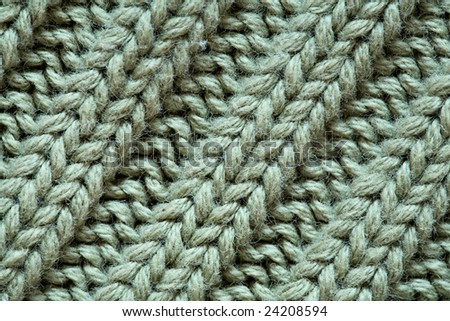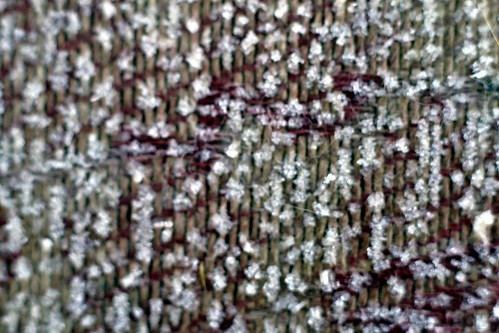
The Nikon D90 was top of its class when it came out. Not only did it exceed the expectations of the public, it introduced a new height to which DSLRs (digital single lens reflexes) can reach.
DSLRs are known for their superior quality in pictures and artistic photography, but before this they were not known for their ability to capture high-definition video. However, with the release of the Nikon D90, HD video capture had become possible and thus, a new generation of DLSRs have been born.
Despite having all this new technology in the frame, the D90 does not look any bigger than the average DSLR. It comes with the option of having multiple lenses, a tripod stand, different settings, but somehow this new feature of high quality video allows the Nikon D90 to stand apart and gather the attention of the general public.
To be able to store that much new technology in such a small frame, the designers of the Nikon D90 must have had to do a bit of rearranging. Though they use the same lens, it requires different technologies to be able to code and record the video. After that, they must determine the location of the different wiring and devices needed for the camera. Placement, after all, is crucial if one does not want a combustible item in their hands, or hanging around their neck.
The digital camera has come far from the original Film Single Reflex Lens cameras. Though some say that technology cannot capture the beauty of nature at all, there are many that try. Even after if they do not succeed, they use programs to alter the original colors to eventually receive an imitation of the final product they had initially envisioned. Of course, technology is always improving, and there is without a doubt that one day technology will overcome the barriers that practicality puts up.
While the Nikon D90 was breaking barriers, its frame designers were also aiming for an easily accessible display and button console. If one looks at the shape of the frame, one notices the grip on the left side that not only provides an easy way to hold the camera, but also a convenient place to store the battery. Slots for the memory card and cables can be found under a flap on the other side of the camera, and small icons are available for reference on top of the multitudes of buttons that can be found around the display and top. For the more technical aspects that professional photographers look for, they can be found in the small display at the top of the camera.
Although this camera can be used by professionals to earn a living, the camera itself is also quite accessible by amateurs and recreational users. While it has many different options that professionals may choose to change, it’s also quite usable as a regular point-and-shoot camera with different simple settings for different situations. Many people find the better quality of the pictures much more gratifying than what a simple point-and-shoot camera usually provides.
While many may think that the modern DLSR may not evolve any more, there is a bright future for the camera that adapts to every situation.

 All aspects of life include design, and that’s disregarding the non-aesthetic views. Normal lawmakers also use design, even though it may be in the form of words. They “design” the words to achieve their end, and I don’t mean using pretty typography to mesmerize the court, they “design words” to eradicate loopholes and to reinforce their meanings.
All aspects of life include design, and that’s disregarding the non-aesthetic views. Normal lawmakers also use design, even though it may be in the form of words. They “design” the words to achieve their end, and I don’t mean using pretty typography to mesmerize the court, they “design words” to eradicate loopholes and to reinforce their meanings.



























